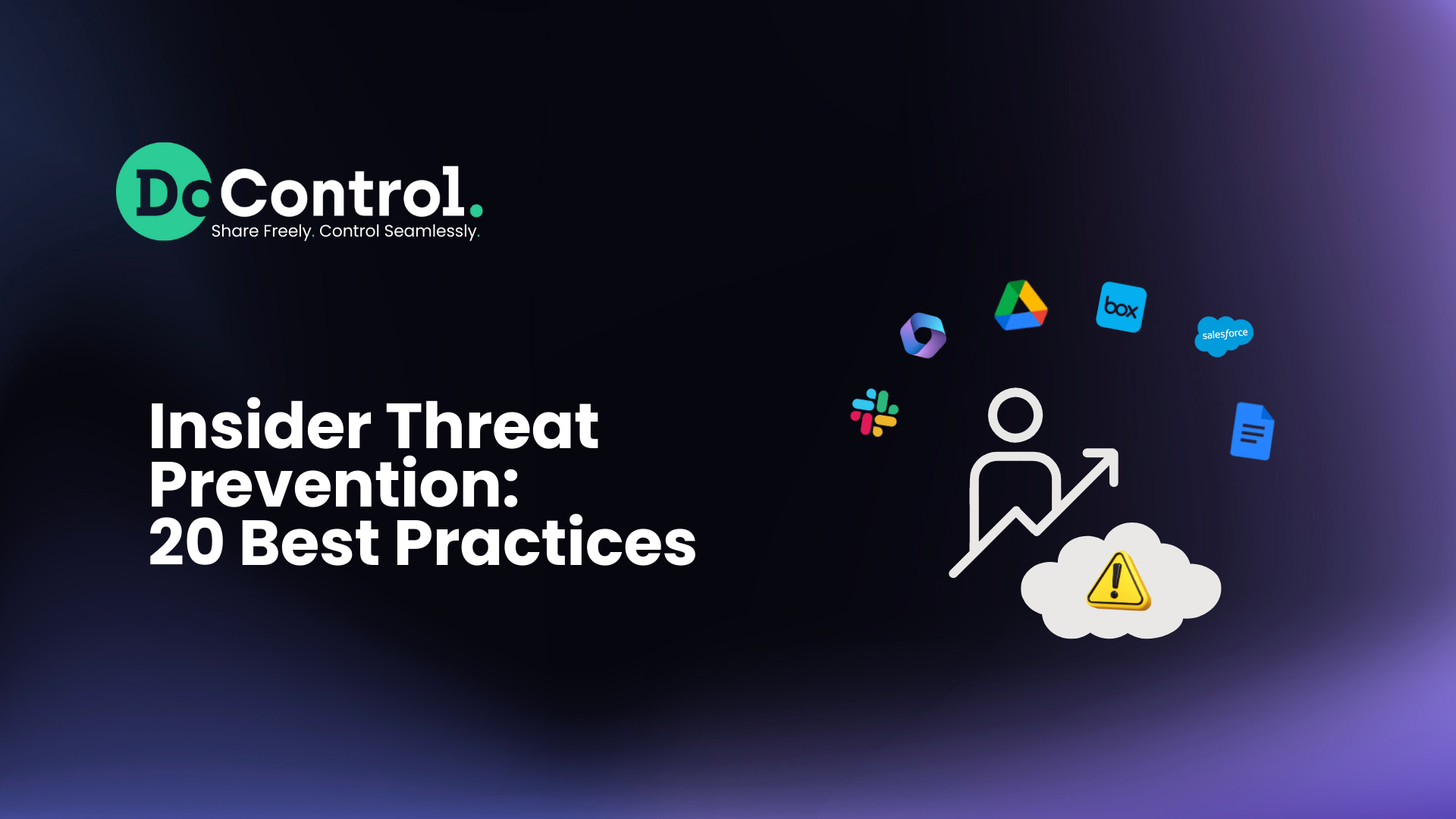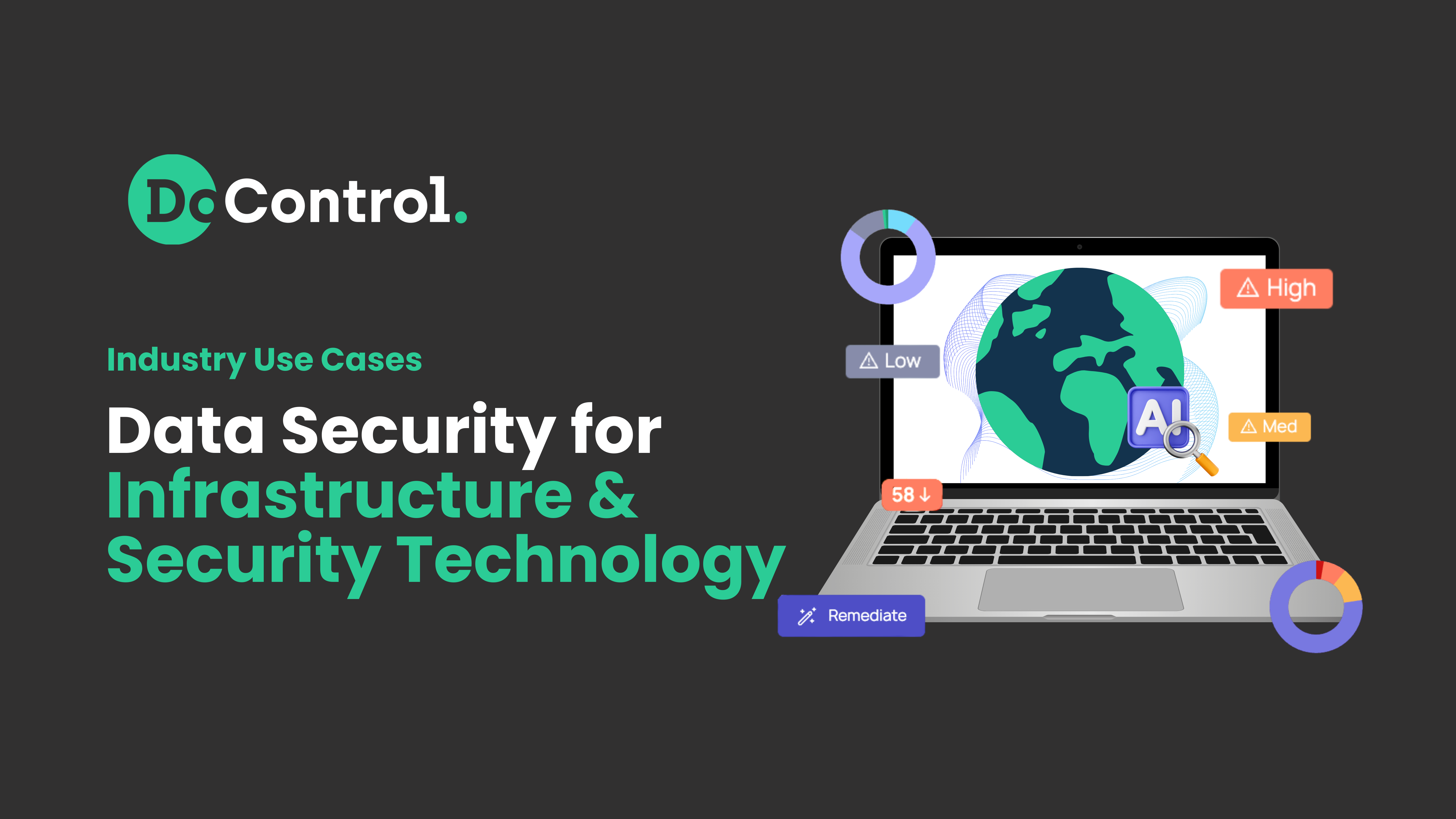.png)
Workday, one of the world’s largest platforms for HR and payroll management, recently confirmed it was caught in the crossfire of a sophisticated social engineering hack. The attack didn’t start with a direct exploit of Workday’s systems - it began with its weakest link: a third-party vendor.
By impersonating IT and HR personnel, hackers were able to trick employees into handing over personal information and account credentials. With that data, attackers infiltrated the customer support system, exposing sensitive details from support tickets - names, email addresses, and phone numbers of Workday customers - many of them being very well-known enterprise organizations.
According to Cybersecurity Dive, more than 11,000 organizations around the world use Workday as their HR platform of choice, including more than 60% of the Fortune 500. That's A LOT of companies, A LOT of people, and A LOT of data exposed. The repercussions of this are truly daunting.
Why This Breach Matters
Workday isn’t just another SaaS tool - it powers HR operations for some of the biggest companies in the marketplace and economy today. That makes this incident a loud warning for every organization for a few reasons:
- Your security is only as strong as your weakest vendor. Even if your company’s own internal SaaS security is airtight, a vulnerable partner puts you at just as much risk!
- Third-party vendors and apps are now a major attack surface. Sophisticated social engineering tactics and targeted campaigns are being used with increasing frequency to gain access.
- This is not an isolated incident. The Workday hack is just the latest in a series of significant breaches in recent weeks targeting SaaS and CRM ecosystems.
This attack (and many others) are a part of a broader trend. Malicious hacker groups like ShinyHunters and Scattered Spider have been ramping up their social engineering campaigns, with recent attacks targeting Salesforce instances - even Google’s!
There has been a recent wave of data attacks against Salesforce's customers. Salesforce was targeted, with threat actors using social engineering and voice phishing to trick Salesforce employees into installing infected third-party applications. The hackers impersonated IT staff over the phone (tricking the Salesforce staff) to gain unauthorized access to Salesforce customer relationship management (CRM) systems and steal data.
This was the catalyst - once Salesforce was compromised, the ripple effect ensued - with its customers now falling victim to similar instances.
These aren’t just one-time vulnerabilities leading to a breach; they’re coordinated, deliberate attacks against SaaS ecosystems that store massive amounts of sensitive business and customer data.
Key Lessons for Organizations
1. Your SaaS is your weak spot - and it needs to be secured
Third-party vendors are the half-open door most organizations leave open, allowing hackers to slip through undetected. All it takes is one gap in security posture and one misstep for attackers to gain entry, opening the floodgates to your environment and exposing sensitive data!
2. Humans will always be a liability, and they need the tools to protect themselves
Social engineering works because employees - no matter how well-trained - can be deceived. That’s what makes these attacks so dangerous: the human element. Ongoing education is critical, but training alone won’t solve the problem. That’s why organizations need an effective SaaS security program layered alongside employee awareness initiatives.
3. Audit your SaaS security actively and regularly
Waiting until after an incident is too late. Continuous visibility and monitoring across SaaS platforms must be core to your security posture. Organizations need granular access controls, strong identity management, and rapid remediation capabilities to detect anomalies, monitor behavior, and respond quickly in the face of a breach or suspicious activity.
The Path Forward: Controlling SaaS Risk
The Workday breach highlights a hard truth: SaaS environments are the newest prime target. Attackers know these systems house mission-critical data, and they’re increasingly exploiting vendor weaknesses, OAuth apps, and human trust to get in.
That’s why organizations need a solution like DoControl. Our platform ensures you’re not blind to SaaS vulnerabilities by:
- Monitoring SaaS environments continuously to spot risks before attackers do.
- Watching third-party vendor access to close the gaps that often get ignored.
- Detecting suspicious behavior early, so you can respond before a phishing attempt becomes a full-blown breach.
- Layering your defenses, using aggregated context on users and combining data access governance, shadow app management, identity management, and more to correlate events and create a complete, accurate picture of SaaS risk.
- Responding in real time, building remediation workflows that can revoke access, adjust permissions, and contain threats the moment they’re detected - not after the headlines are already written.
Final Thoughts
Workday’s incident is the latest reminder that SaaS is your new security perimeter. Attackers won’t bother battering down your firewalls when they can simply pick up a phone, impersonate HR, and walk through the front door.
Organizations that treat SaaS security as optional will remain exposed.
It’s time to take control of your SaaS environment, before attackers do it for you.
Link to original piece: https://www.cybersecuritydive.com/news/hackers-target-workday-in-social-engineering-attack/758095/
Want to Learn More?
- See a demo – click here
- Get a FREE Google Workspace Risk Assessment – click here
- See our product in action – click here



